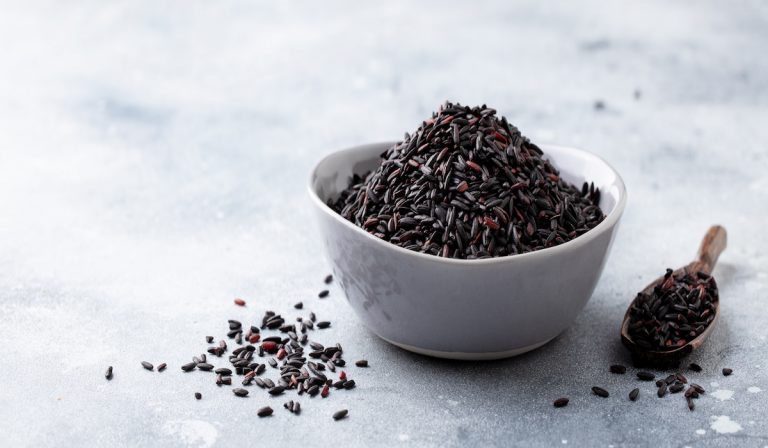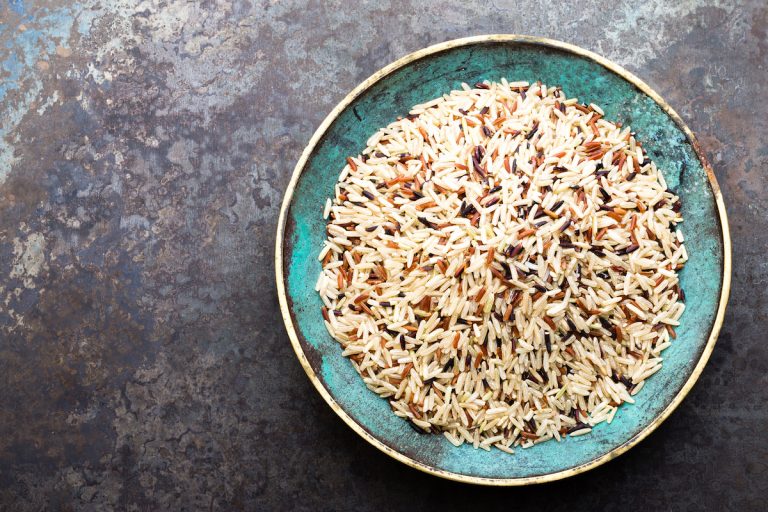Is Amaranth Paleo? (Should You Consider It for Paleo?)
The paleo-friendliness of amaranth is not unanimous; therefore, you may have heard differing opinions about whether you should consider it for your paleo diet or not.
But which is it? Is amaranth paleo? Find out below.
Amaranth may or may not be paleo; calling it a gray area food is more accurate. Amaranth looks like a grain, and people typically use it as such. Many paleo followers consider it a grain, and as a result, they label amaranth as non-paleo.
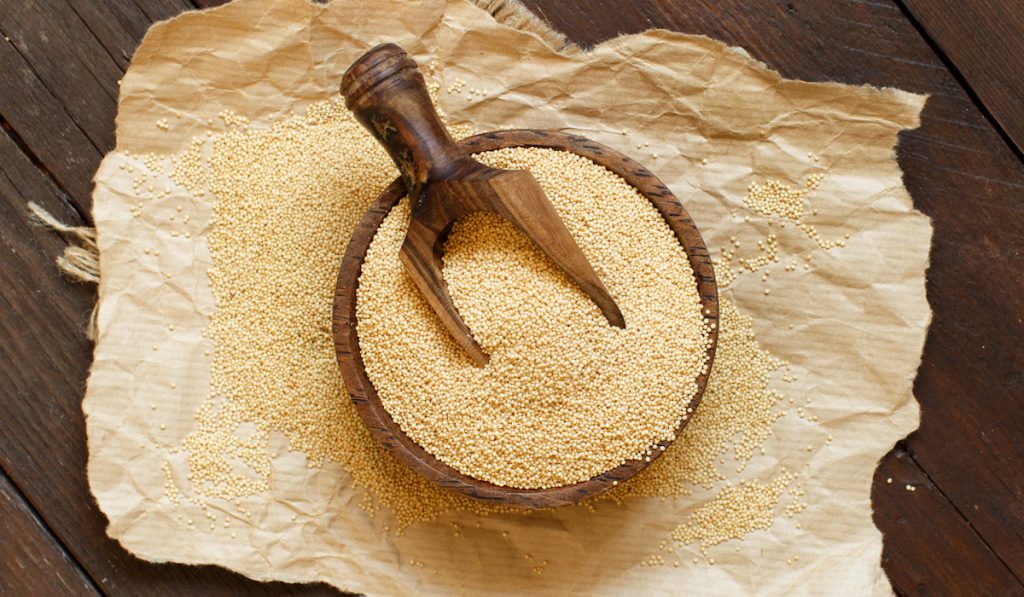
However, amaranth is not a grain – it is a seed – so dismissing its paleo-friendliness based on its semblance with grains is debatable.
In this article, we look into the paleo-friendliness of amaranth. We further clarify the question, “Is amaranth paleo?” And we give reasons you may consider it for your diet. Read on for the details.
Is Amaranth Paleo?
Due to its reputation as a grain-like food, many paleo followers believe amaranth is not paleo. However, since amaranth is not actually a grain, it might be paleo-friendly.
Grains (wheat, corn, rice, rye, etc.) come from the botanical family Poaceae. Amaranth, on the other hand, comes from the family Amaranthaceae. So, it is not closely connected to cereal grains.
In fact, amaranth is more closely related to plants like beets, cacti, and carnations, than cereal grains.
Even though amaranth is not a cereal grain, considering it as paleo causes contention because people think amaranth is a grain. Of course, not being a grain does not automatically make amaranth paleo.
One factor that may make amaranth non-paleo is that it contains antinutrients. Like most seeds, amaranth contains antinutrients to ward off predators.
As you may already know, antinutrients prevent the absorption of certain nutrients and may cause a leaky gut. So, they are not acceptable in a paleo diet.
But then, amaranth seeds have low levels of these antinutrients.
Also, soaking amaranth seeds in water until they sprout reduces the antinutrient levels. Then when you prepare the seeds, they lose even more antinutrients.
So, while the antinutrients in amaranth seeds push them towards being non-paleo, you can treat them to lose most of the antinutrients. This means you might be able to make amaranth paleo-friendly.
Another factor that could make amaranth non-paleo is its high carbohydrate content. You can get as much as 40 grams of carbohydrates in one cup of cooked amaranth – more than in one cup of black rice.
But then, in small to moderate amounts, you can work around the carbohydrate content of amaranth seeds.
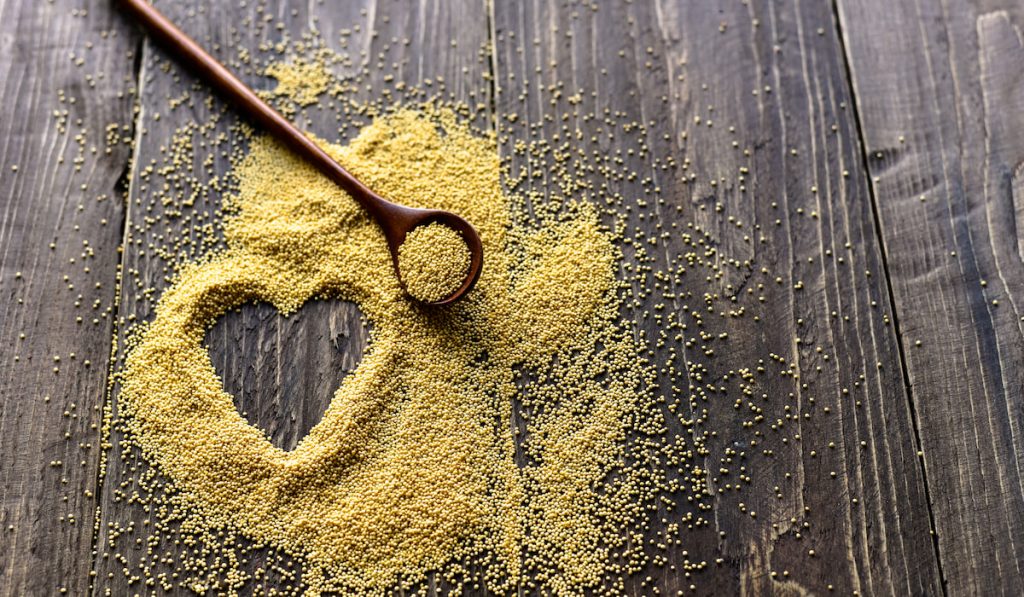
When Should You Consider It for Paleo?
Amaranth is highly nutritious and beneficial to general health. So, you may consider it for paleo but only under some conditions.
You should consider amaranth for a paleo diet if:
- You soak the seeds in water until they sprout and lose some antinutrients.
- You consume it in small to moderate amounts.
- You do not have a leaky gut or any similar condition.
- You are not allergic to amaranth.
- You are not diabetic.
- You do not have lysinuric protein intolerance.
The bottom line of the conditions listed above is that you can consider amaranth for a paleo diet if it poses no threat to your health.
If you have a chronic illness, speak with your doctor for clarification.
Health Benefits of Amaranth
Amaranth Can Help With Oxidative Stress

Amaranth seeds contain some proteins that mop up free radicals in the body. In other words, some amaranth proteins may have antioxidant effects.
So, you can probably help your body deal with oxidative stress better by consuming amaranth.
Amaranth can help protect your cells from damage, reducing the risk of some diseases, including cancer, Alzheimer’s disease, and diabetes.
Amaranth May Help Reduce the Level of Unhealthy Fats
While the studies are not conclusive yet, some human and animal studies suggest that amaranth might promote heart health.
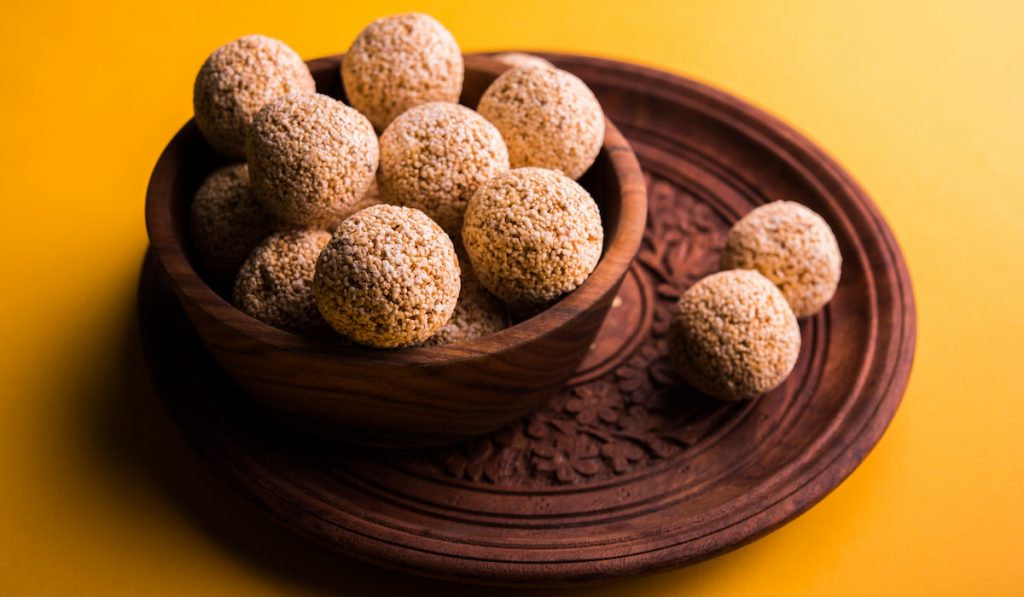
In one of those studies, hamsters that received amaranth showed a reduction in LDL (low-density lipoprotein) levels within four weeks. Another study showed similar results in hamsters that received amaranth oil.
Besides the above, one study showed that amaranth contains phytosterols, a group of compounds with known cholesterol-reducing effects.
In one human study, patients with cardiovascular disease who added amaranth to their diets saw a significant reduction in LDL and triglycerides.
While further studies are necessary, amaranth is potentially helpful for reducing unhealthy fats in the body. Of course, with those fats out of the way, your risk of cardiovascular disease will drop.
Amaranth Is Gluten-Free
If you are gluten-intolerant or have celiac disease, you may consider adding amaranth to your diet. Amaranth is naturally free of gluten. So, if you consume it, you will have no issues with your gut.
Amaranth Is a Top Source of Manganese
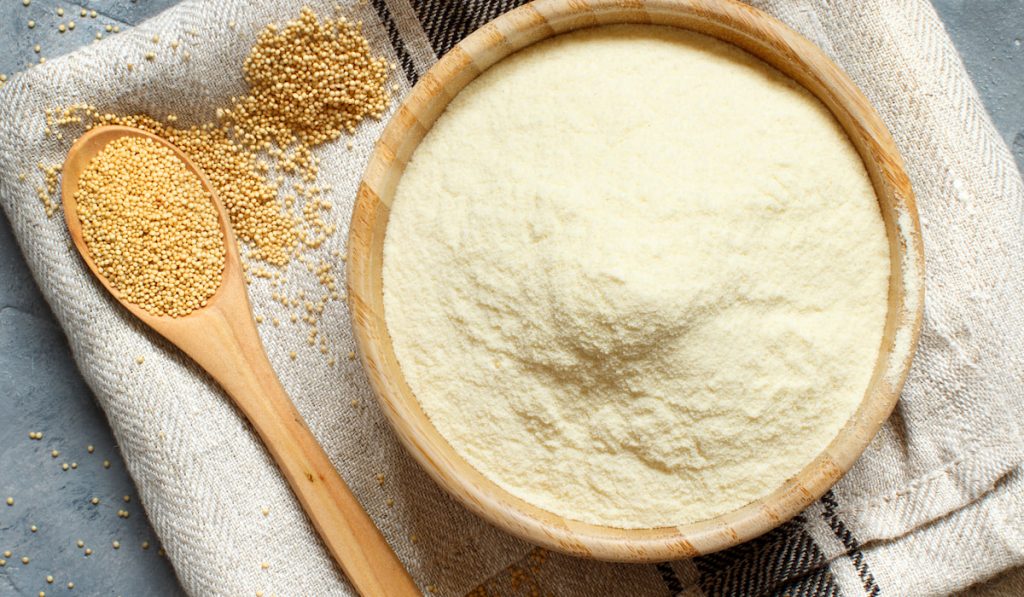
Manganese is vital for normal physiological function. It plays various roles in enzymatic activity, bone health, neurological function, and more.
If you do not get enough manganese in your meals, adding amaranth to your diet might change that.
One cup of cooked Amaranth provides 100% of the daily recommendation for manganese.
So, if you have it in your meal plan, you wouldn’t have to worry about manganese deficiency.
Amaranth Has a Lot of Lysine
Lysine is one of the most abundant amino acids in amaranth. It has various functions in the body, most of which are beneficial.
For one, lysine promotes the absorption of vitamin C by the body. So, if you are eating amaranth alongside foods rich in vitamin C, your body can make the most of such foods.
Lysine helps with converting fatty acids to energy. So, lysine may promote the reduction of LDL and triglycerides in the body.
Lysine also has some anti-inflammatory benefits, and this may improve gut health.
Amaranth Is a Good Source of Calcium
Paleo diets typically exclude dairy and dairy products, leaving you with fewer sources of calcium. But you can make up for this with amaranth.
One cup of amaranth contains a decent amount of calcium – about 12% of the daily recommended value. So, it should go a long way in helping you get all the calcium your body needs.
Potential Downsides of Amaranth
Antinutrients

As we stated before, amaranth contains some antinutrients. These antinutrients can reduce the number of nutrients your body gets from meals.
Thankfully, if you soak amaranth seeds in water to sprout them before cooking, you will remove most antinutrients.
Amaranth Can Cause Stomach Pain
If you have lysinuric protein intolerance, eating amaranth can cause stomach pain. Amaranth has high levels of lysine, hence, this effect.
Amaranth May Raise Your Blood Calcium Levels
Besides containing significant amounts of calcium, amaranth contains lysine, which promotes calcium absorption.
So, if you are on calcium supplements, you should avoid amaranth. Else, you may suffer from calcium overload. Then again, such occurrences are pretty rare.

Summary
Amaranth is potentially non-paleo because of its antinutrients and high carbohydrate content. However, if you preprocess it well, you can remove most antinutrients.
Also, if you consume amaranth in small to moderate amounts, you can work around the high carbohydrate content.
So, while amaranth is ordinarily not paleo, you can adjust it to fit in your paleo diet.
Resources
- https://www.sbs.com.au/food/article/2020/10/15/amaranth-superfood-or-high-gi-seed
- https://blog.paleohacks.com/amaranth/
- https://thepaleolist.wordpress.com/2014/07/15/is-amaranth-paleo/
- https://irenamacri.com/what-is-amaranth-plus-how-to-add-it-to-your-paleo-diet/
- https://foodisgood.com/is-amaranth-paleo/


